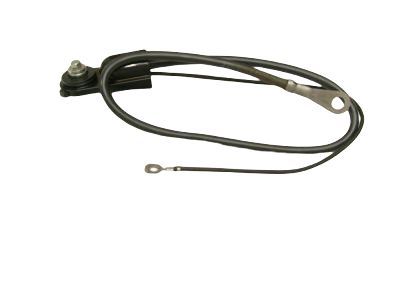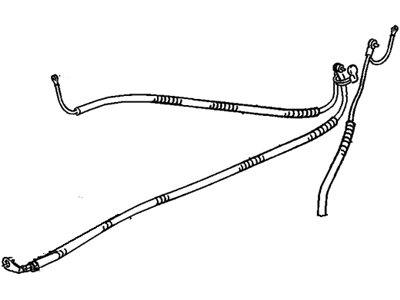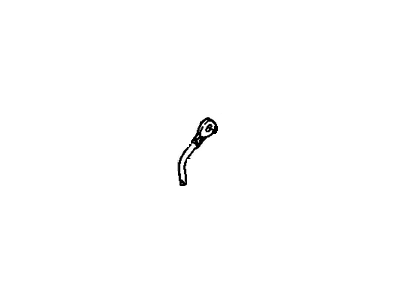
My Garage
My Account
Cart
Genuine Chevrolet Beretta Battery Cable
Car Battery Cable- Select Vehicle by Model
- Select Vehicle by VIN
Select Vehicle by Model
orMake
Model
Year
Select Vehicle by VIN
For the most accurate results, select vehicle by your VIN (Vehicle Identification Number).
8 Battery Cables found
Chevrolet Beretta Battery Cable
Battery Cable located in Chevrolet Beretta cars is constructed to deliver electrical current from the cars battery to the other electrical devices to enable the functioning of the starter and engine spark. Although well protected with rubber insulations to avoid short circuits these cables are not immune to aging copper, physical abrasion on the rubber insulation, terminal corrosion and thereby rampant poor connections and starting complications. Different types of Battery Cable used may have been implemented in different Beretta models, where the most significant emphasis would have been placed on the reliability of the setup. However, these cables are meant to be periodically inspected due to its effectiveness being determined by the quality of the cable and if it is worn out or damaged, it would be difficult to start a vehicle. To those who have starting trouble, premium replacement battery cables can be bought which are to top-tier specifications and are built to last.
Each OEM Chevrolet Beretta Battery Cable we offer is competitively priced and comes with the assurance of the manufacturer's warranty for the part. Furthermore, we guarantee the speedy delivery of your orders right to your doorstep. Our hassle-free return policy is also in place for your peace of mind.
Chevrolet Beretta Battery Cable Parts Questions & Experts Answers
- Q: How to inspect and replace battery cables on Chevrolet Beretta?A:Periodically inspect the entire length of each battery cable for damage, cracked or burned insulation and corrosion. Poor battery cable connections can cause starting problems and decreased engine performance. Check the cable to terminal connections at the ends of the cables for cracks, loose wire strands and corrosion. The presence of white, fluffy deposits under the insulation at the cable terminal connection is a sign the cable is corroded and should be replaced. Check the terminals for distortion, missing mounting bolts or nuts and corrosion. When removing the cables, always disconnect the negative cable first and hook it up last or the battery may be shorted by the tool used to loosen the cable clamps. Even if only the positive cable is being replaced, be sure to disconnect the negative cable from the battery first. Caution: On models equipped with the Delco Loc II audio system, be sure the lockout feature is turned off before performing any procedure which requires disconnecting the battery. Disconnect the old cables from the battery, then trace each of them to their opposite ends and detach them from the Starter Solenoid and ground terminals. Note the routing of each cable to ensure correct installation. If you're replacing either or both cables, take the old ones with you when buying the new ones-the replacements must be identical. Cables have characteristics that make them easy to identify: Positive cables are normally red, larger in diameter and have a larger diameter battery post and clamp; ground cables are normally black, smaller in diameter and have a slightly smaller battery post and clamp. Clean the threads of the solenoid or ground connection with a wire brush to remove rust and corrosion. Apply a light coat of petroleum jelly to the threads to prevent future corrosion. Attach the cable to the solenoid or ground connection and tighten the mounting nut/bolt securely.















